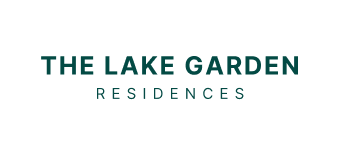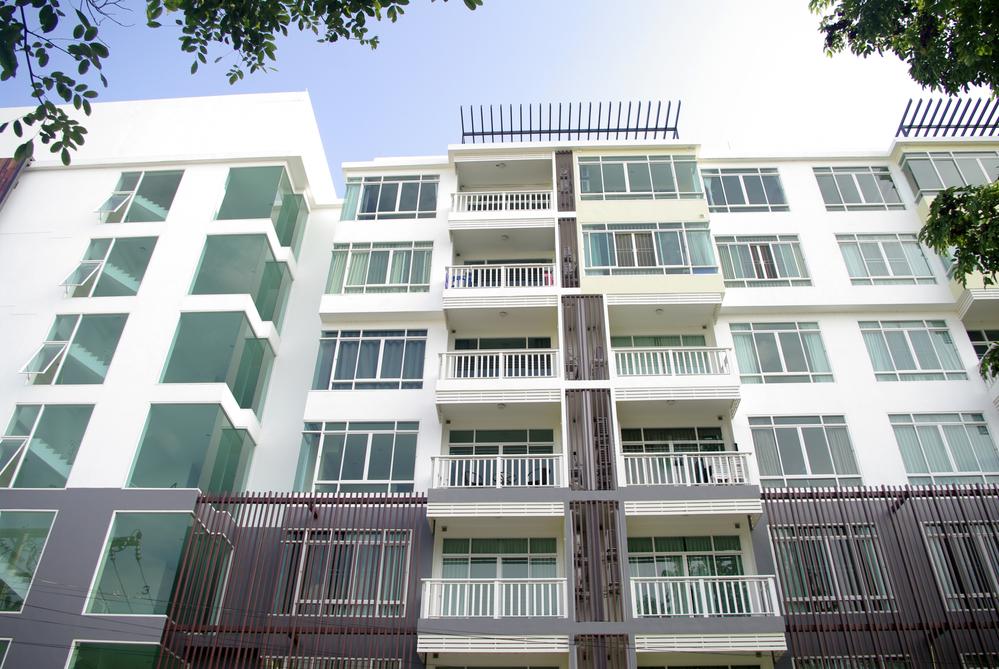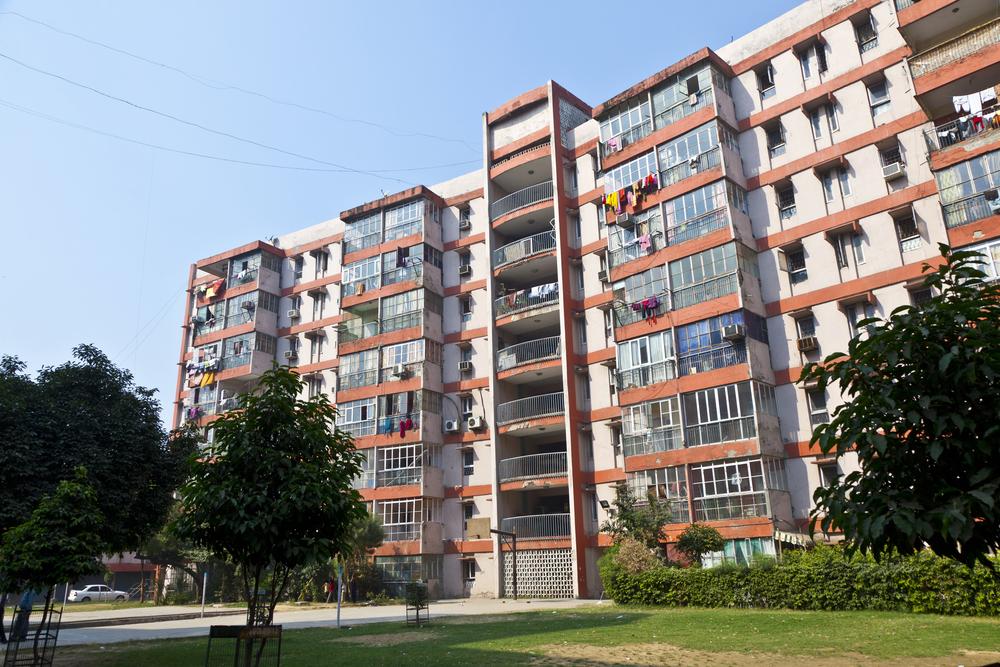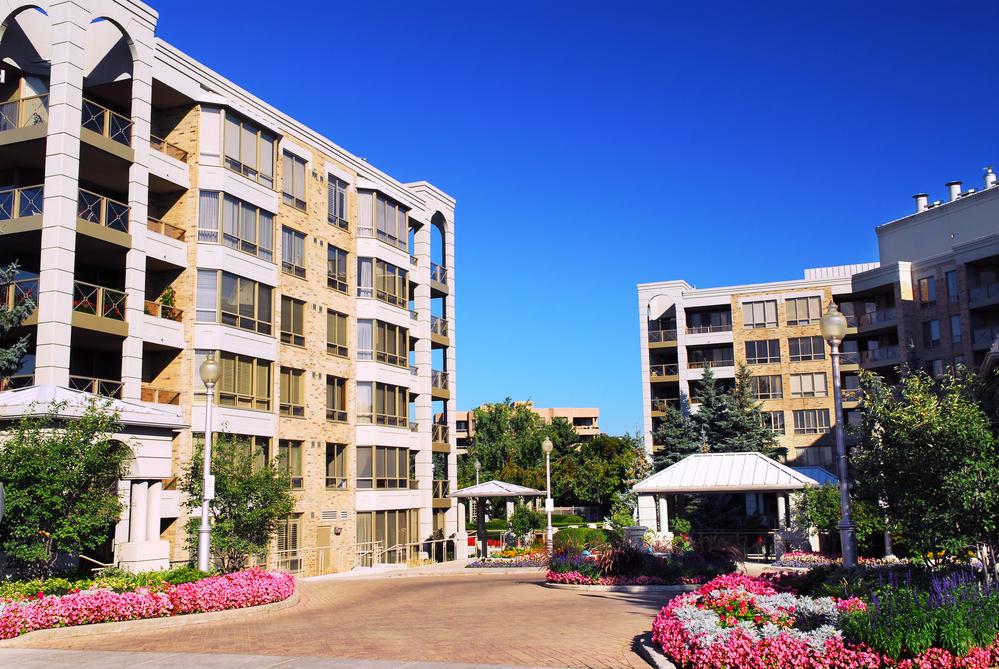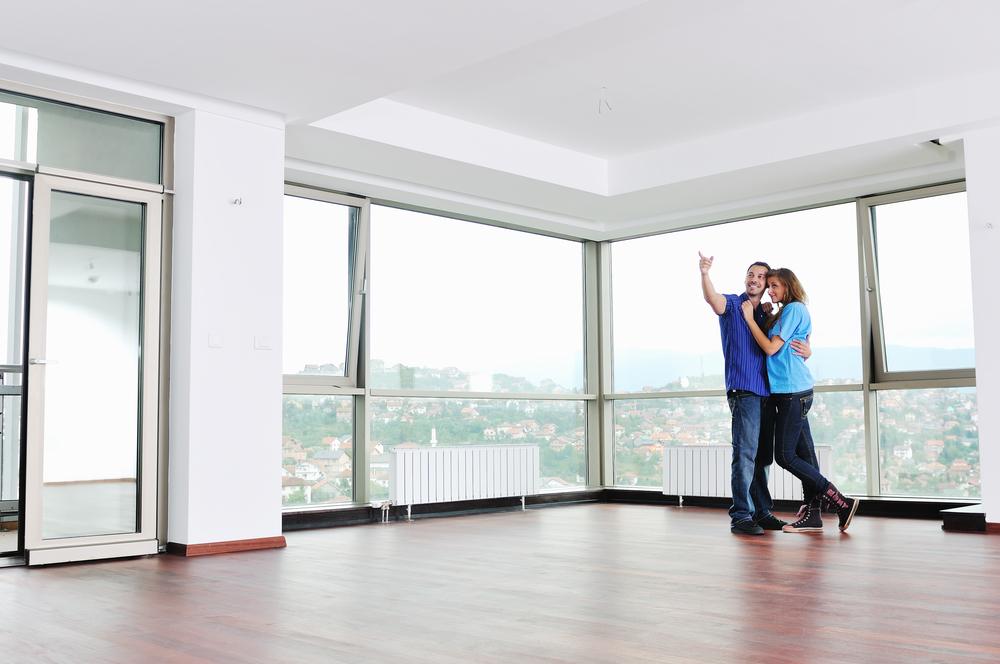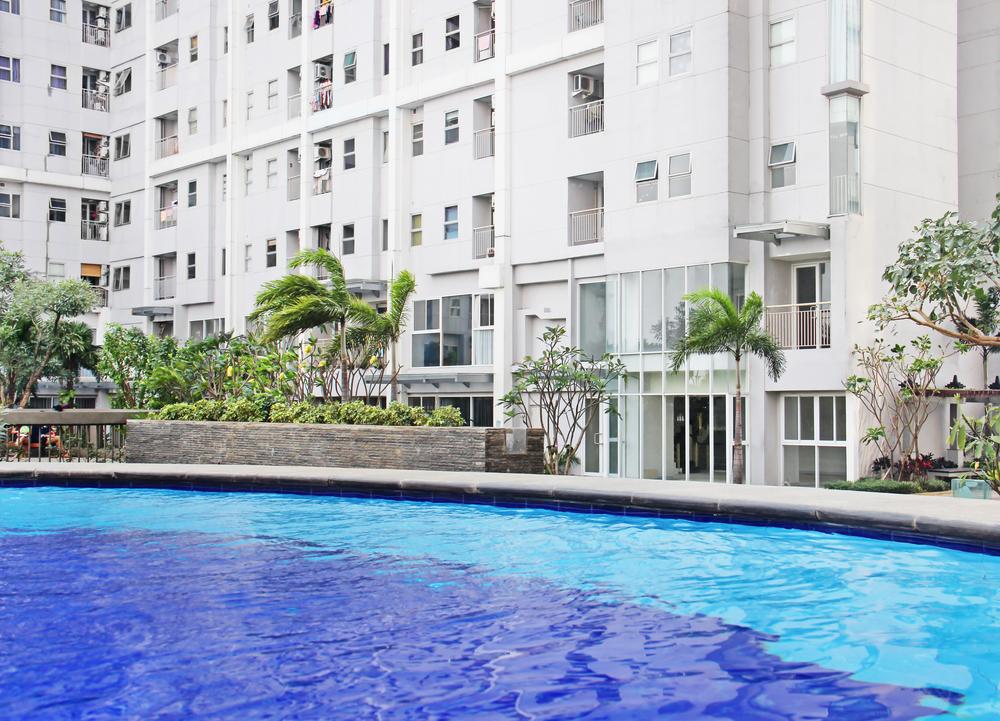Read related article: Australia’s first The Work Project facility is now open
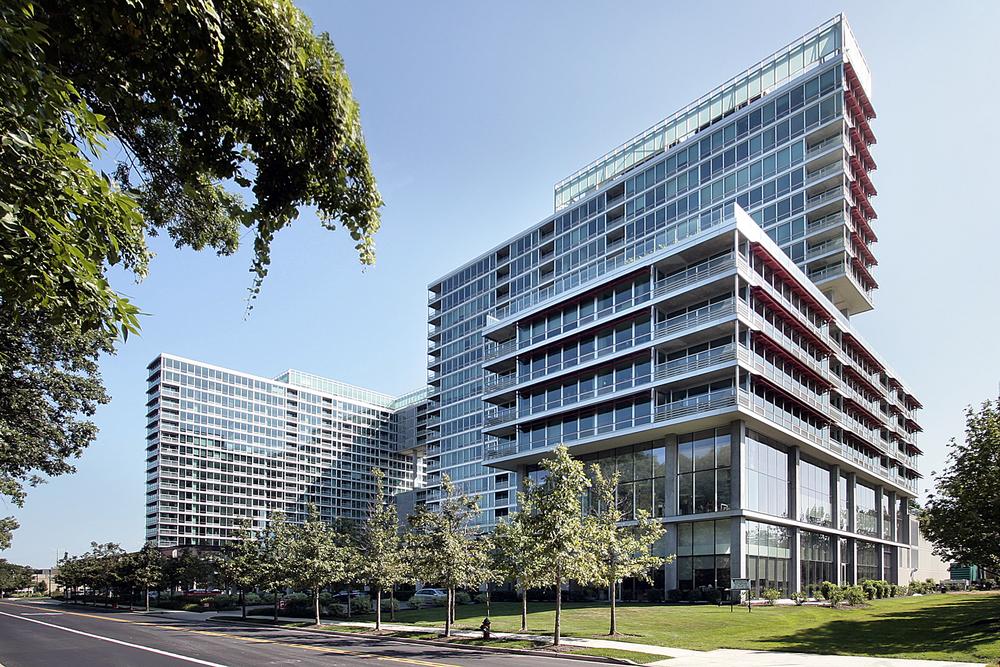
This year is a time of a boost in consumer confidence in retail real estate, as retailers and lifestyle brands profit from an increase in footfall of consumers in prime and suburban retail sites.
This was the result of an extensive relaxation of safety control measures (SMM) starting in March this year, when more people went back to centers, F&B stores and other commercial zones. The social group limit was increased by five percent to 10, and limits on malls’ capacity and standalone shops were also removed.
“Building upon the lifting of mobility restrictions at end of 1Q2022, the prime retail space rents bottomed out in the 2nd quarter of 2022. The rents increased slightly over the next quarter in every region in Singapore with the island’s average gross rental rising 1.5% q-o-q to $25.60 per sq. ft. per month.” states Ethan Hsu, head, retail of Knight Frank Singapore.
He claims that the increase in spending on retail was caused by the return of employees to work and an ongoing flow of foreign tourists.
Flagship stores open at Orchard Road
This is why the top leasing deals for retail leases that were based on size included new flagship stores on the renowned Orchard Road shopping belt.
Japanese furniture and home decor store Nitori began its entry into the local market by launching their flagship location, Courts Nojima The Heeren which opened in March. The store occupies the entire 31,360 square feet fourth level of mall.
The sportswear brand Puma also launched their flagship shop at Southeast Asia at 313@Somerset in July. The store has taken over the 7,100 square feet of space which was previously occupied by the Forever 21. Forever 21.
As of the month September Singapore furniture company Castlery purchased the 24,000 square feet, two-storey building in Liat Towers which had previously been used by fashion label Zara.
The increase in the sentiment of the market and the slowing in SMM all through the year inspired a number of new brands to start retail stores within Singapore.
French boutique Guerlain launched its first beauty concept store pop-up in Ion Orchard in April, prior to launching its first flagship boutique located in Raffles City later in November.
The Japanese-based retailer of apparel and sneakers SNKRDunk has opened its first retail shop within Singapore located at Mandarin Gallery on October 1st. which is a good sign of consumer demand in the booming niche market of sneakers in Singapore.
The new concept stores capitalized on the rise of shoppers. Paris Baguette x teatre opened in Raffles City in June. it’s the first Paris Baguette concept of a retail cafe in Singapore. “This shows the growing integration of different complementary products within the same space, for example, the simultaneous F&B and retail functions,” says Lam Chern Woon director of research and consultancy, Edmund Tie.
A few of the online brands have also opened the first stores in physical locations. The fashion brands Kydra as well as Young Hungry Free, already established local online retailers have opened its first retail stores physically located in Ngee Ann City and Funan respectively.
The number of stores openings and expansions across Orchard Road and Marina Bay Sands suggests a rebound in retailers’ faith in these regions Sulian Tan-Wijaya is the executive director of retail & lifestyle of Savills Singapore. “Although the rate of rent growth remained slow in the past year, latest openings contributed to the growth in rental rates on Orchard Road this year, which is expected to grow by 3% over the course of the year.”
The heartlands too saw growth and expansion, with Japanese casual clothing retailer Uniqlo opening a shop at 51@AMK in March. Japanese retailer Daiso has opened outlets located in Jurong Point, Nex and Ang Mo Kio Central.
“The median prices for transacted retail spaces have been rising since the 1Q2022, particularly those in the retail strata market. The revival of the retail market and the restrictions on size gathering and operating hours being removed, brought renewed interest to these retail spaces that were mostly neglected during the pandemic,” says Hsu.
Wellness and personalisation
Despite the fact that their prices have increased the luxury retail stores performed well during the epidemic and saw growth continue to increase through 2022, according to Tan-Wijaya.
“Brands such as Louis Vuitton, Gucci, Chanel, Hermes, Dior and Balenciaga always see lines outside the Orchard Road and Marina Bay Sands stores. Rolex prices have increased due to the global shortage and remain far higher than pre-pandemic prices despite recent price decreases,” she says.
The aftermath of the pandemic has changed the way consumers spend their money according to Lam. “Wellness is becoming more important in this endemic time and lifestyle brands like wellness and beauty as well as furniture and home brandsare stepping up their game to meet the demands of the consumer by providing more customized choices.”
One retailer that is introducing more customized options for consumers is top cosmetics retailer Sephora. It opened its first Asia-based “Store for the Future” in Raffles City in September. The store offers more customized services such as hair consultations and dry-styling hair styling services.
Castlery’s flagship store located in Liat Towers offers consultation service to customers. It also has digital kiosks for customers to shop more effectively.
“Strong commitments to real estate space are evident this year. Retailers with luxury brands have opened new shops or renovated their existing ones to make shopping more enjoyable. We’ve also witnessed significant expansions from lifestyle brands, as well as new to market brand names,” says Lam.
He believes that the luxury brands and lifestyle stores to continue to fuel new retail establishments over the next year. Saint Laurent is expected to launch in Paragon and Dior Beauty is set to debut in Raffles City.
The increasing popularity of online shopping was increased during lockdowns by live-streaming and social media platforms such as TikTok and Instagram according to Lam. “This has led retailers to invest in improving their store experience through multichannel strategies, and launching more comprehensive click-and-collect services,” he says.
In the past year, retail industry has seen more pop-up shops workshops, personalisation and workshop services as well as other creative strategies used by retailers. Brand collaboration is a different approach being evaluated within the marketplace in which you live.
Tan-Wijaya adds: “While we don’t see big fashion brands opening up new shops, a lot of them have gone through massive expansions and major improvements to meet the needs of their ever-growing customers. Customers who are affluent are becoming younger and brands are investing to create unforgettable shopping experiences for the younger generation.”
With a strong emphasis on fitness
In addition to the impressive performance of the fashion and lifestyle stores in the past year, fitness companies and entertainment companies were another segment trying to capitalize on the increase in spending by consumers.
In some instances the fitness industry were able to take over areas that was previously used by F&B and retail stores for consumer. Anytime Fitness at Orchard Gateway was opened in the 1Q2022, which replaced Outback Steakhouse. At the same time, Boulder Movement replaced The Bespoke Club which was tailor shop, and Nom Nom Plush, a souvenir and toy shop located at Suntec City.
While the demand for retail space in this area was not a large part of the overall retail space demands in the past year “fitness providers and entertainment providers are able to draw regular that is why landlords are creating areas for them to operate” Lam adds. Lam.
But, athleisure and fitness brands have expanded their retail footprint substantially this year, according to the Knight Frank’s Hsu. He cites brands such as Adidas, Nike, Puma and Lululemon having flagship stores or brand new stores in the city’s most desirable locations.
“The pandemic has driven numerous people to take part in healthy as well as outdoors activities, increasing the need for activewear, equipment for exercising and camping gear,” says Hsu.
The demand for retail space in this market is predicted to grow through 2023 due to the growing rising popularity of wellness and fitness as well as the attractive integration of social and entertainment concepts, according to Edmund Tie’s Lam.
Retail refresh pay off
A few asset owners and landlords who took advantage of the opportunity to revamp their commercial properties in the years 2020 and 2021 have seen a return on their investment this year as more people went back to brick-and-mortar stores.
“Retail property owners who took the time to clean up their retail stores in the midst of the epidemic will reap the benefits in the coming years as customers move toward engaging and refreshing shopping experiences. This will result in improved rate of conversion and dwell time,” says Hsu.
“Refreshed malls usually saw increased visitors this year, as revitalization and repositioning strategies, including a re-think of tenant mix as well as improvement of the assets to boost the vibrancy of the area, were successful,” says Lam.
The updated tenants’ mix also came in time, given the changes in consumers’ purchasing habits, which has helped numerous retail properties attune and draw customers again, he says.
The malls that opened in time to capitalize on the growth in shoppers included the i12 Katong, Palais Renaissance and Raffles City. “Tapping the growing demand for premium products, the redevelopment of Raffles City are expected to bring in a variety of luxury international brands and experiential strategies to offer shoppers with a seamless experience customers,” says Hsu. New tenants joining Raffles City are Italian luxurious company Acqua di Parma, which will launch the first of its flagship stores in Southeast Asia, and a recently revamped Chanel boutique.
On the other hand Wisma Atria and Shaw House are in the process of a revamp, and *Scape @ Orchard and CQ@Clarke Qay are scheduled to revamps in 2023.
It is clear that the retail market has dramatically changed over the last few years, according to Hsu. “Department shops have lost dominance of malls, allowing for more varied lifestyle stores that cater to a variety of families.”
Companies like Daiso, Don Don Donki, Decathlon and Muji are the best examples of stores that are themed fast establishing their dominance in malls that can draw a broad range of customers, according to Hsu. He also says that “demand for these stores will be driving development plans by these major players in Singapore in the coming years”.
A huge amount of new retail space to launch in 2023.
The majority of the newly developed retail in the coming three years will be available for lease in 2023, based on information from Edmund Tie. The next year, approximately 619,632 square feet of net lettable space is available for lease, which is roughly 47% of the retail space from 2023 to 2025.
Malls set to begin operations in 2023 are The Woodleigh Mall (208,000 sq feet) as well as the One Holland Village Shops (145,310 sq feet). In the month of November, 2022 One Holland Village Shops has a lease commitment of more than% which includes 37 tenants signing leases that were committed or leases that are awaiting the finalization.
“The need for retail space in 2023 is likely to grow with brighter prospects for the revival of the retail sector. The supply-demand balance will likely to be in balance over the next calendar year.” claims Lam.
Lam also explains that the coming IOI Central, which has retail components of around 3000 square feet as well as the forthcoming Guoco Midtown, which will provide 50,000 sq ft of retail space is expected to be closely monitored over the next few months. The performance of these mixed-use developments will affect the vision of work-live-play for the downtown areas they are located in Lam believes. Lam.
In 2024, 374,290 sq feet of lettable area is anticipated to be put on the market. This is equivalent to 28% of the anticipated retail pipeline. Properties included in this group comprise Pasir Ris Mall (288,100 sq feet) as well as Labrador Tower (26,372 sq ft).
The anticipated new supply of retail in 2025 is expected to come via in the Punggol Digital District (172,598 sq feet) as well as Canninghill Square (90,417 sq ft). The remainder of quarter of% of the pipeline for supply.
The future of HTML0 is uncertain in 2023.
Brick and mortar stores are increasing interactive elements that allow customers to interact via multiple sensory experiences that will be a perfect complement to the existing digital platforms, according to Hsu.
“This implies that landlords and asset managers must pay more attention to anchor tenants who can create the experience required for mall owners to be relevant in a constantly changing retail market,” he says.
The retail industry is aware of the fact that online shopping has become more prevalent during the pandemic and the past two years saw numerous small businesses shut down while big fast fashion brands expanded their operations, says Tan-Wijaya.
Furthermore, risks like inflationary pressures could affect the stability of markets. Retailers should therefore continue to look for improvement in their value propositions and to improve their the user experience, according to Hsu. “This will not only allow them to differentiate their offerings for consumers and make sure that they are ready to protect themselves against the risks of external events.”
